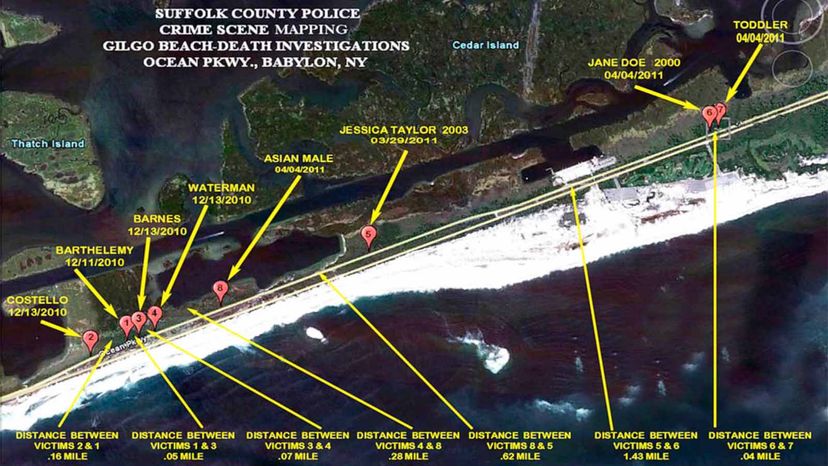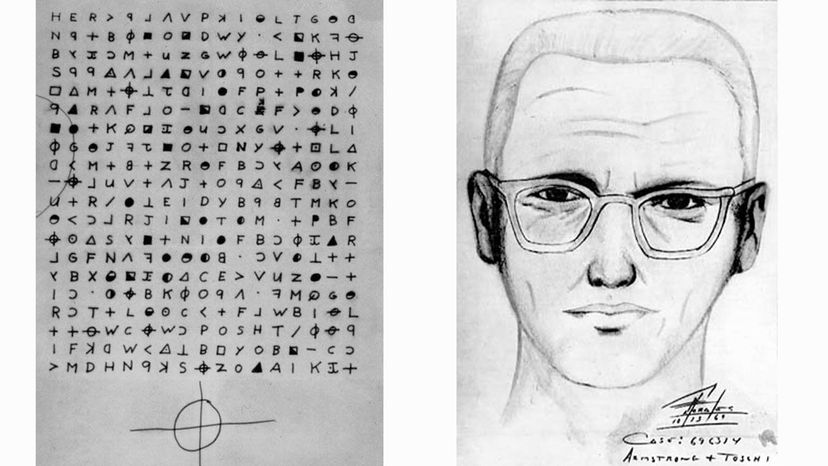
There's something irresistibly macabre about serial killers that has long fascinated humans since the early days of newspapers. Perhaps it's the psychological fascination offered by someone who could do something so far out outside the bounds of social acceptance, or it might be the fear readers get from wondering about the tiny chance the person working at their local grocery store may have the most chilling of secrets.
But the stories that really keep the public up at night, or at least make the average person triple-check their front door dock, are the serial killers who haven't been caught. While it's unsettling to read about the atrocious acts committed by serial killers such as Jeffrey Dahmer or Ted Bundy, it's just as engrossing to speculate about the ones still at large — or the ones who are so skilled we don't even know they're out there.
Advertisement
Here are 10 of the most chilling stories of serial killers who have never been caught and may forever get away with their crimes.










